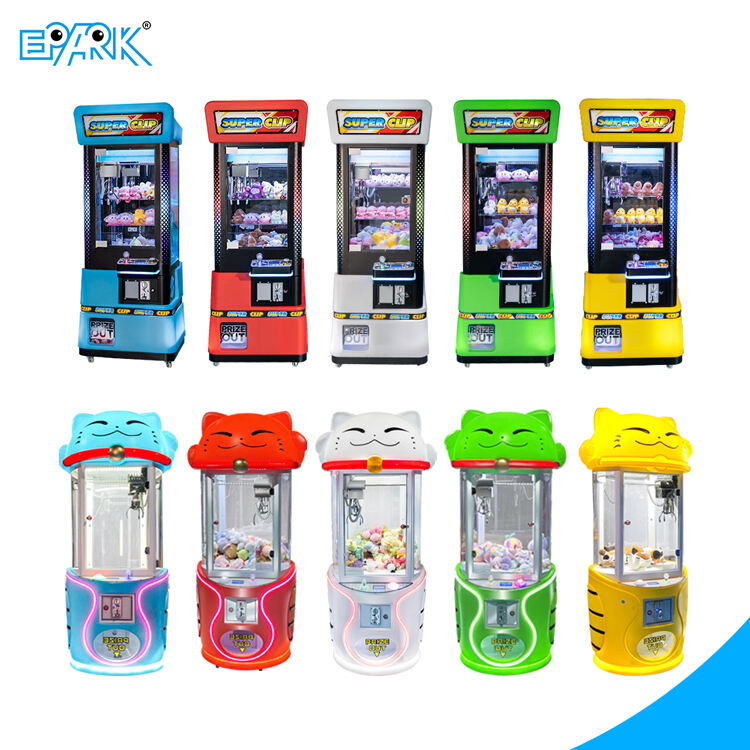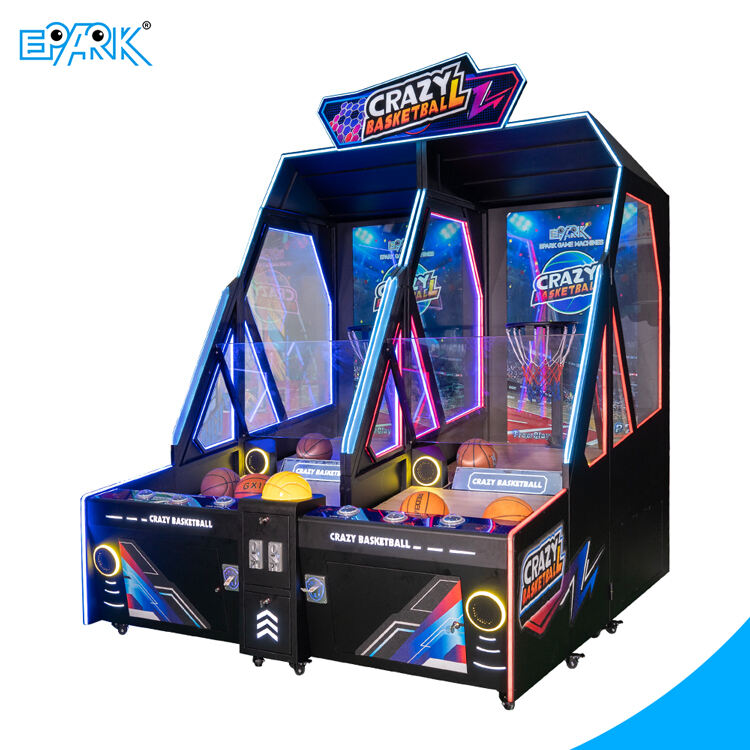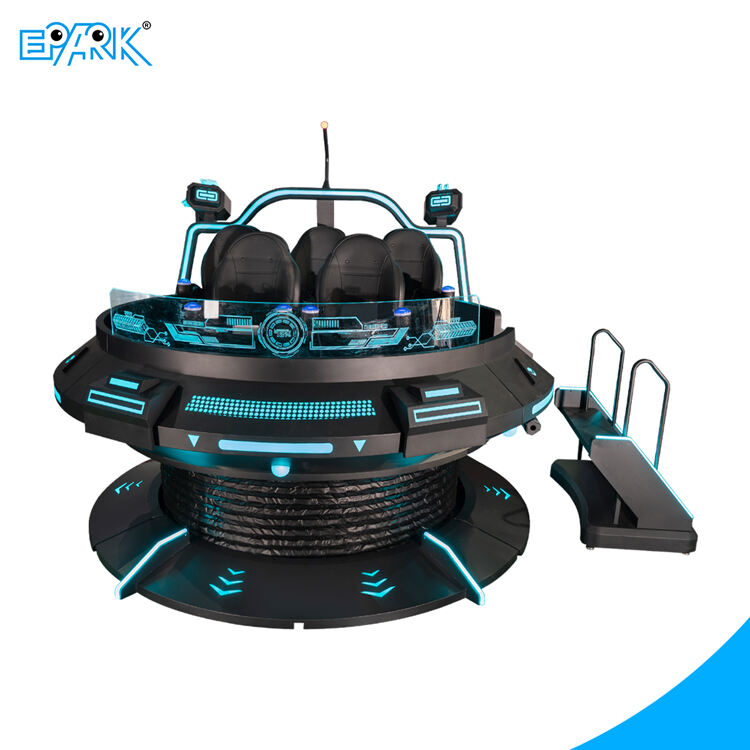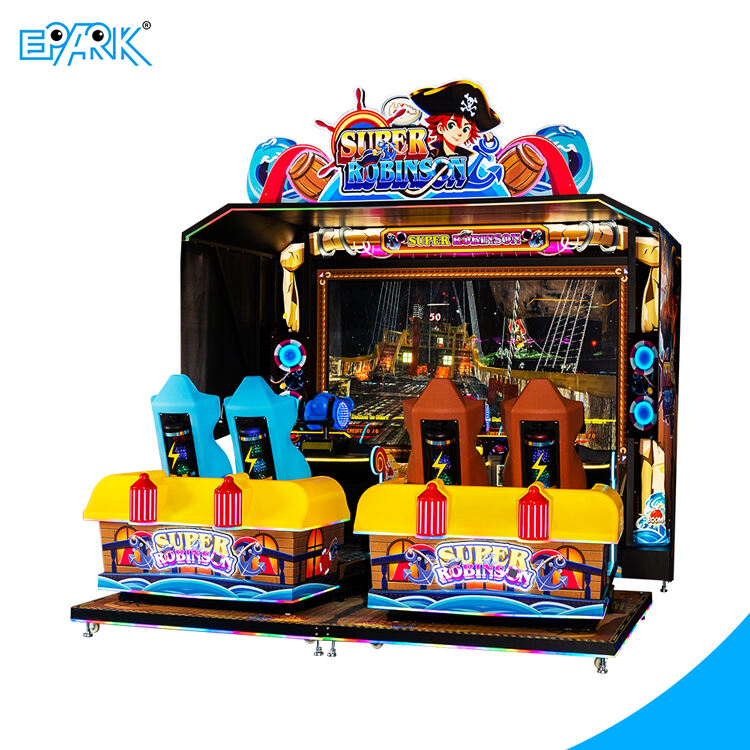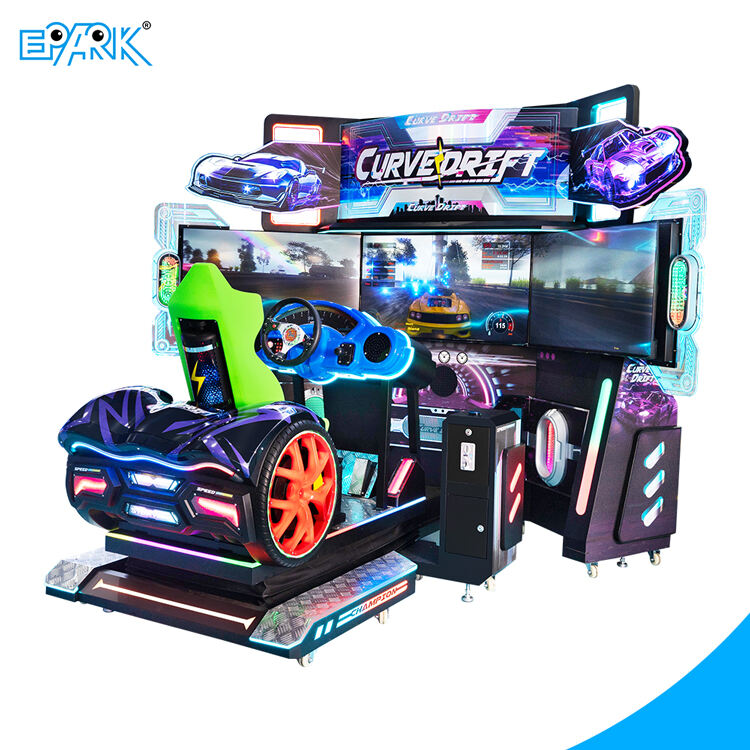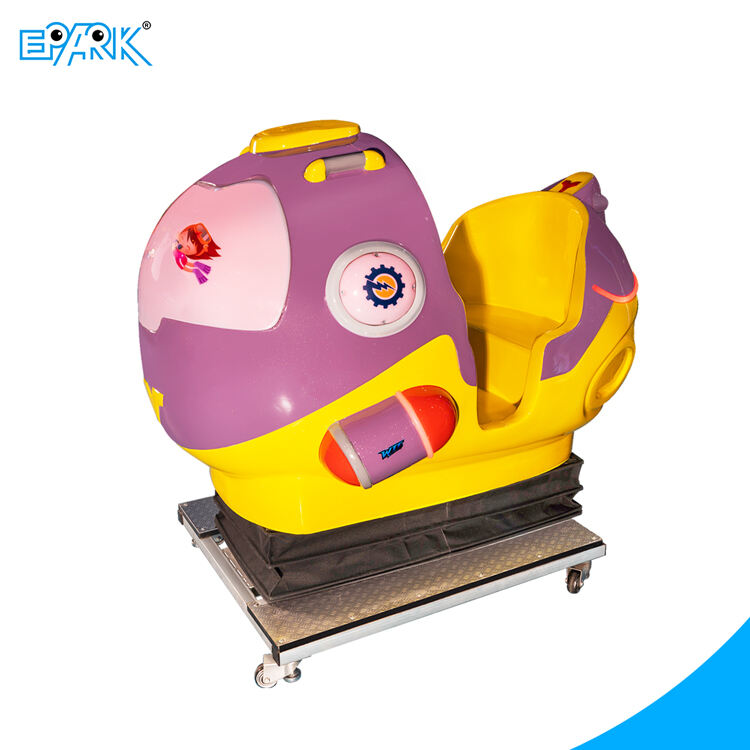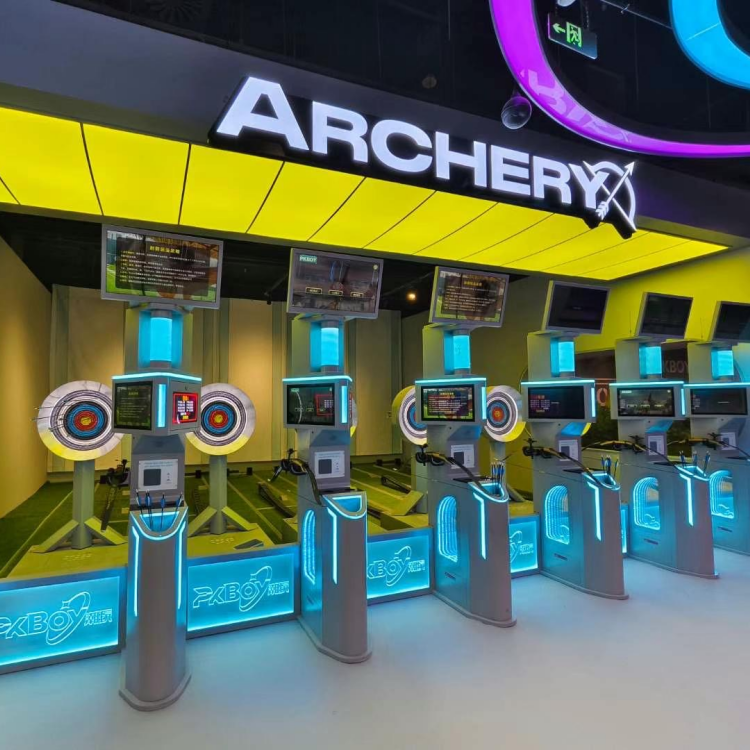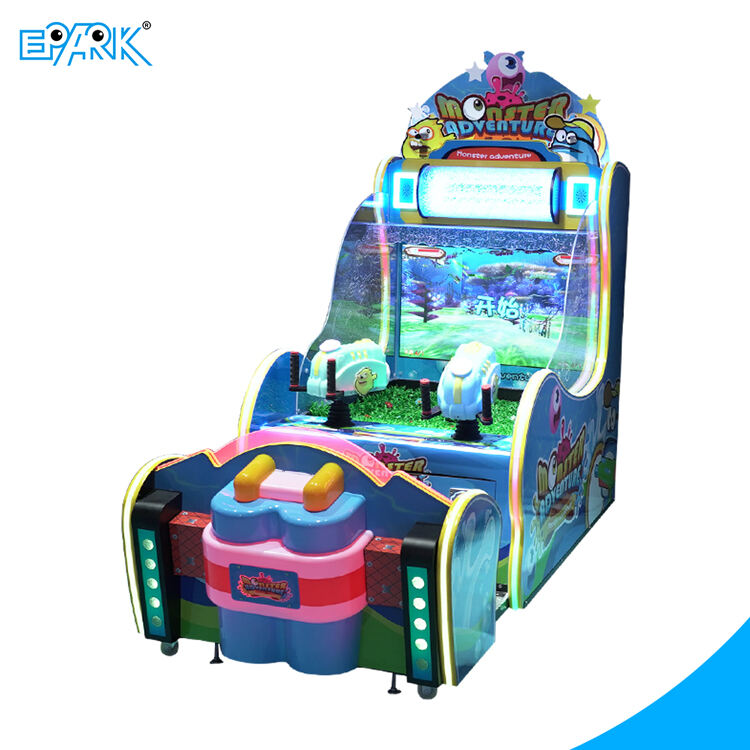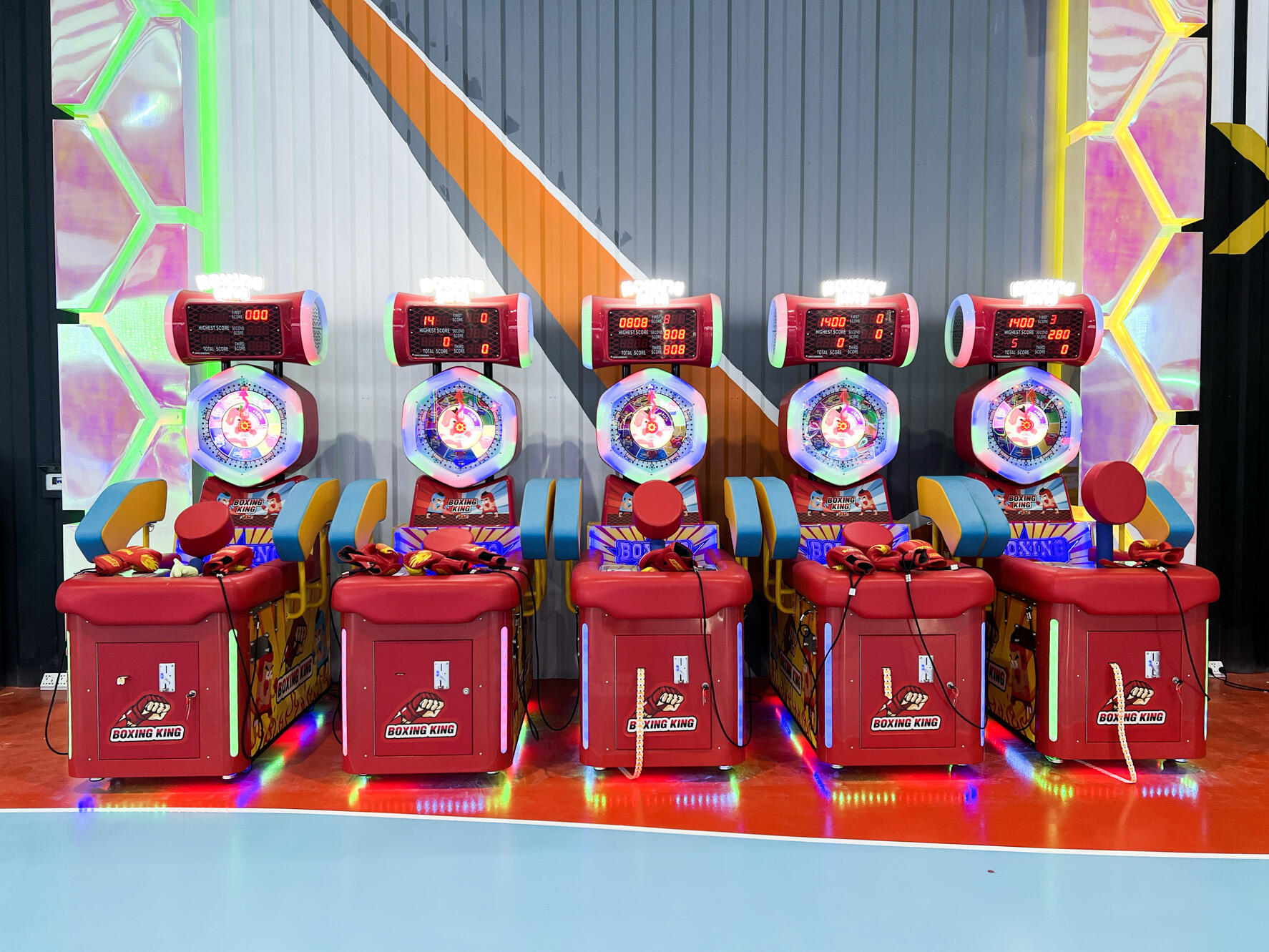Nauka iza mišićne memorije i razvoja ponavljajućih vještina
Razumijevanje motoričkog učenja u bacačkim u kriketu
Strojevi za bocanje pomažu igračima brže usvojiti vještine jer rade u skladu s tim kako se naši mišići i živci prilagođavaju učenju novih pokreta. Kada bocani igrači naviknu vidjeti istu vrstu servisa ponovljenu više puta, njihova tijela počinju učinkovitije angažirati odgovarajuće mišićne grupe. To stvara bolju koordinaciju između onoga što oči vide i kako mišići reagiraju. Istraživanja su pokazala da početni bocani mogu smanjiti svoje vremena reakcije za oko 25 do 30% unutar otprilike dva mjeseca redovite upotrebe ovih strojeva. Jedno takvo istraživanje objavili su nedavno Bernández-Vázquez i suradnici još 2022. godine, u kojem su ispitivali kako ovakva vrsta treninga utječe na performanse.
Dosljedna simulacija servisa za poboljšanje akcije
Strojevi za bocanje rade tako da izbacuju kugle točno istim putanjom svaki put, što pomaže igračima da razviju mišićnu memoriju kroz ponovljenu vježbu. Istraživanja pokazuju da udaranje oko 300 dostava određenog stila zapravo počinje 'upisivati' te pokrete u mozak, tako da tijekom pravih utakmica, pod tlakom, tehnika ostaje dosljedna (Harris i sur. pronašli su slične rezultate još 2023. godine). Najbolji današnji strojevi drže stvari poput položaja šava i kretanja kugle gotovo savršeno točnima, s odstupanjem od ne više od 2 stupnja između jednog i drugog izbacivanja. Ova vrsta dosljednosti jednostavno nije moguća čak ni kod najiskusnijeg ljudskog bocera koji pokušava replicirati vlastite dostave.
Vježbanje usmjereno na slabosti uz podesive postavke
Suvremeni strojevi za bocanje pretvaraju tehničke slabosti u prednosti kroz prilagodljive parametre:
- Modulacija brzine (45–90 mph) kako bi se postupno povećala težina
- Programabilne kombinacije linije i duljine koje otkrivaju nedostatke
- Prilagodbe brzine vrtnje (200–2500 RPM) za poboljšanje prepoznavanja lopte
Studija iz 2023. o sportskoj tehnologiji pokazala je da igrači kojima se poboljšanja događaju 43% brže kada tri puta tjedno koriste ove prilagodljive značajke u usporedbi s tradicionalnim vježbama na mreži. Odmah dostupna povratna informacija — gdje svaka promjena parametra korelira s vidljivim promjenama u izvedbi — osigurava da trening ostane usklađen s pojedinačnim ciljevima razvoja.
Prilagodljive opcije isporuke prilagođene razinama vještina i stilovima
Strojevi za bacanje kuglica danas stvarno pomažu igračima da napreduju jer omogućuju trenerima da podešavaju brzinu i kutove u ovisnosti o razini izazova. Početnici obično započinju vježbanje s kuglicama koje dolaze brzinom od 40 do 50 milja na sat bez velikog zakrivljenja, dok profesionalci treniraju svoje reflekse protiv bržih bacanja preko 70 mph koji mogu imati i do 15 stupnjeva zakretanja. Istraživanje Cricket Australia prošle godine otkrilo je nešto zanimljivo – ovaj metod zapravo povećava brzinu reakcije za oko jednu četvrtinu. Imalo bi smisla kad malo razmislite, zar ne? Navikavanje na različite uvjete pomaže u donošenju odluka u djeliću sekunde.
Simulacija uvjeta iz pravih utakmica: šav, zamah, rotacija i odbijanje
Napredni sustavi reproduciraju tehnike pojedinačnih bacanja poput obrnutog zamaha i rotacije sa šavom koristeći ponderiranu poziciju šava i trajektorije regulirane strujanjem zraka. Bacači se suočavaju s:
- Bočno pomicanje do 8 inča (20 cm) za savladavanje zamaha
- Vertikalna varijacija odbijanja od 6 do 30 inča (15–76 cm)
- Brzine rotacije podesivo između 800–2200 okr/min
Ova taktička varijabilnost omogućuje udavačima da se prilagode za 38% brže na nepoznate stilove dodavanja, prema podacima ICC obuke.
Prilagođavanje programa treninga za početnike, srednje napredne i profesionalce
Sustavi vođeni umjetnom inteligencijom generiraju prilagodljive vježbe koristeći metrike u stvarnom vremenu:
| Razina vještine | Ključna područja fokusa | Trajanje sesije | Poboljšanje stope uspjeha* |
|---|---|---|---|
| Početnik | Osnove pokreta nogama | 30–45 min | 15–20% tjedno |
| Srednje | Odabir udarca | 60 min | 12–18% mjesečno |
| STRUČNO | Scenariji tlaka | 90+ minuta | 8–12% ciklusa turnira |
*Temeljeno na biomehaničnim istraživanjima iz 2024. godine provedenim na 1.200 igrača
Treneri mogu poništiti unaprijed postavljene vrijednosti kako bi ciljali određene slabosti, pretvarajući svaku sesiju u priliku za usmjereno usavršavanje vještina umjesto opće ponavljanja.
Poboljšanje točnosti i dosljednosti kroz preciznu povratnu informaciju
Programabilna linija i duljina za usmjerenu obuku točnosti
Strojevi za podbacivanje omogućuju igračima da vježbaju ključne obrasce podbacivanja putem programabilnih postavki linije i duljine. Postavljanje ponavljanja lopti dužine jakera ili u zoni vanjskog stupa — situacija koja je odgovorna za 42% profesionalnih wicketa (Ponemon, 2023.) — razvija prostornu orijentaciju i ojačava mišićnu memoriju za uvjete važne u utakmicama.
Sustavi za povratne informacije u stvarnom vremenu za trenutnu ispravku tehnike
Sustavi senzora prate kako se lopte izbacuju i gdje se nalaze šavovi, dok brze kamere snimaju što se događa s zglobom tijekom bacanja. Igrači odmah primaju upozorenja putem zvuka i vizualnih signala kad god im se lakt previše savije, izvan optimalnog raspona od oko 15 do 20 stupnjeva, ili ako se oslanjaju na petu nogu pod nepravilnim kutovima koji nisu prikladni za ispravnu tehniku. Ovi signali u stvarnom vremenu omogućuju im da odmah isprave greške. Učinak je prilično značajan – vještine se zapravo razvijaju otprilike tri puta brže nego kada se radi samo s trenerima koji mogu ukazati na pogreške tek naknadno.
Praćenje učinka tijekom vremena uz pomoć analitike podataka
Sustavi generiraju toplinske mape koje pokazuju trendove dosljednosti tijekom sesija i otkrivaju suptilne promjene poput kasnog odstupanja zamaha. Tijekom šestotjednih ciklusa, igrači koji koriste ove podatke obično postižu 27% bolju kontrolu linije i 19% veću preciznost duljine, usmjeravajući svoju vježbu prema mjerljivom napretku.
Ovladavanje naprednih tehnika klizanja pod kontroliranim uvjetima
Suvremene mašine za klizanje omogućuju preciznu vježbu složenih izbačaja — jorkera, skokova i sporijih lopti — putem programabilne kontrole trajektorije. Istraživanje iz 2023. godine objavljeno u Časopisu za sportsku znanost pokazalo je da klizači koji su tjedno trenirali osam ili više sati uz pomoć podešivih mašina poboljšali su preciznost jorkera za 34% u usporedbi s onima koji su se oslanjali isključivo na vježbe u mreži.
Vježbanje jorkera, skokova i sporijih lopti s visokom preciznošću
Podešavanja kuta izbačaja na razini milimetra (65°–85°) i brzine vrtnje (900–2200 okr/min) omogućuju sportašima da usavrše položaj zgloba i tehniku završnog pokreta. Treneri često osmišljavaju 15-minutne hiperspecifične vježbe , poput izbacivanja 12 uzastopnih sporijih lopti unutar 30 cm „zone smrti“, kako bi se postigla ponovljiva taktička izvedba.
Priprema za situacije pod visokim pritiskom kroz simulaciju
Napredni modeli simuliraju završne overe u T20 formatu — uzrokujući 18–25% veće fluktuacije srčane frekvencije — i maratonske mečeve u test kriketu (50+ overa), uključujući svjetlosne i zvučne efekte kako bi imitirali buku publike. Igrači koji su koristili simulacije pritiska tijekom šest tjedana pokazali su 28% bolje donošenje odluka pod umorom u stvarnim utakmicama (Cricket Australia, 2022).
Ravnoteža između inovacija i tradicionalnih metoda trenerstva
Iako strojevi pružaju kvantificirane podatke o položaju šava (nagib osi od 35° do 55°) i trenutku ispuštanja (varijacija ±0,08 s), daju najbolje rezultate kada se kombiniraju s video analizom i radionicama vođenima od strane trenera. Programi vrhunskog nivoa obično integriraju 60% ponavljanja vođenih strojem i 40% personaliziranog trenerstva kako bi osigurali sveobuhvatni razvoj sportaša.
Često postavljana pitanja (FAQ)
Kako strojevi za dodavanje lopte pomažu u razvoju vještina?
Strojevi za bocanje pomažu igračima u razvoju mišića i živaca na usklađen način omogućujući ponavljanje određenih radnji, time poboljšavajući mišićnu memoriju i vremensku reakciju.
Koje se značajke mogu podešavati u modernim strojevima za bocanje?
Moderni strojevi imaju prilagodljive parametre poput modulacije brzine, programabilnih kombinacija linije i duljine te podešavanja brzine vrtnje kako bi ciljano rješavali slabosti i unapređivali vještine.
Kako ovi strojevi simuliraju uvjete iz pravih utakmica?
Napredni sustavi sposobni su reproducirati tehnike specifične za pojedinačne bacače uključujući kretanje i vrtnju lopte, kao i uvjete poput varijacije vertikalnog odbijanja i bočnog pomaka, omogućujući igračima prilagodbu na različite stilove.
Je li upotreba strojeva za bocanje učinkovita za početnike?
Da, strojevi za bocanje mogu se podesiti za početnike s nižim brzinama lopte i minimalnim zakrivljenjem, što pomaže u razvoju osnovnih vještina i bržoj prilagodbi.
Sadržaj
- Nauka iza mišićne memorije i razvoja ponavljajućih vještina
- Prilagodljive opcije isporuke prilagođene razinama vještina i stilovima
- Poboljšanje točnosti i dosljednosti kroz preciznu povratnu informaciju
- Ovladavanje naprednih tehnika klizanja pod kontroliranim uvjetima
- Često postavljana pitanja (FAQ)

